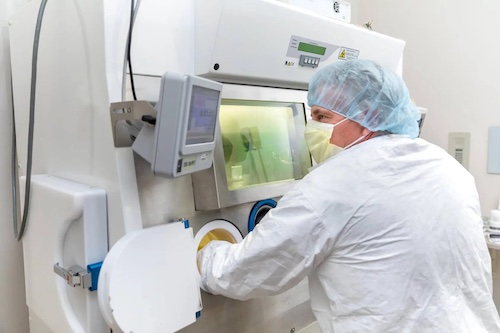
October 13, 2022 – Eclipse, a venture capital firm investing in the digital transformation of the world’s physical industries, and Mayo Clinic today announced the creation and seed funding of Nucleus RadioPharma, a new company built to ensure cancer patients can access potentially lifesaving radiopharmaceuticals by developing technologies to modernize the clinical development, manufacturing and supply chain of these promising new therapies.
Charles S. Conroy, one of the world’s top experts in radiopharmaceuticals, is heading the effort as CEO. He most recently served as the CEO of ARTMS Inc., a leading provider of technologies for radiopharmaceutical production. The founding board of directors is comprised of Manu Nair, chair of Corporate Development at Mayo Clinic; Justin Butler, partner at Eclipse; Mary Kate Wold, CEO and president of the Church Pension Group and a former senior executive at Wyeth; Ned Sharpless, M.D., former director of the National Cancer Institute and former acting commissioner of the Food and Drug Administration; and Mike Rossi, former head of radioligand therapy and imaging at Novartis.
Eclipse and Mayo Clinic collaborated to build Nucleus RadioPharma, beginning with $6 million in seed funding, to bring these treatments to the market at a cost, scale and efficacy that will impact millions of lives. The organization draws on Eclipse’s experience creating companies with advanced manufacturing technologies, as well as the deep oncology expertise of Mayo Clinic, one of the largest nuclear medicine practices in the world.
Radiopharmaceuticals are poised to become a core modality of cancer diagnosis, staging and treatment, but their success has been broadly hampered by manufacturing and supply chain issues. The treatments are expensive and have short-lived radioactivity, which means they must be produced daily, often in small batches, and sometimes even individually for each patient. However, after a patient is approved to receive a radiotherapy, current supply chain limitations mean that some patients must wait more than a month for the treatment to be manufactured and delivered to the hospital.
